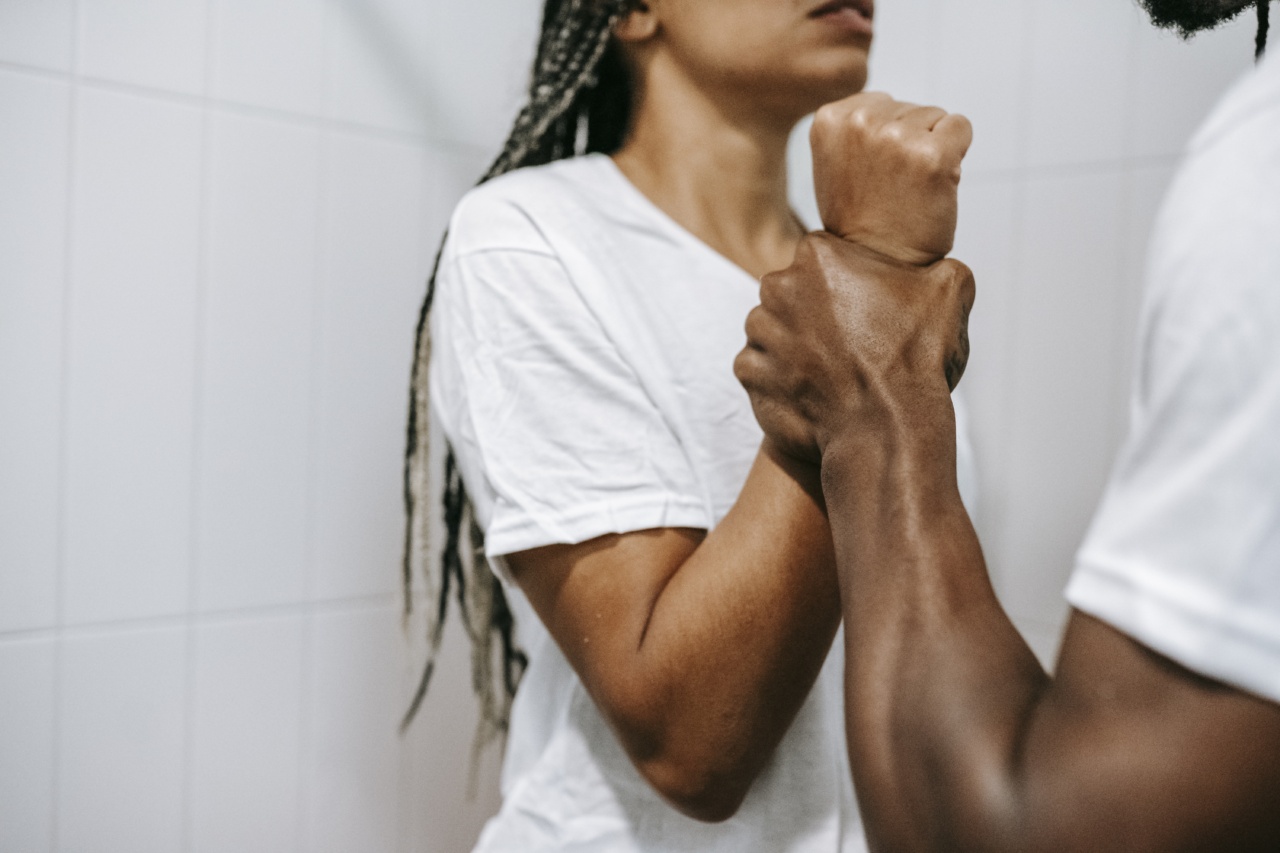Domestic violence is a pervasive issue that affects individuals across all age groups, including elderly women who may be particularly vulnerable to its devastating effects.
While the image of an abusive relationship often conjures up the notion of a younger woman, the reality is that older women also face this form of violence within their homes. Referred to as “crones,” these elderly women often suffer in silence, enduring physical, emotional, and financial abuse. This article explores the plight of the crone facing domestic violence and the profound impact it has on their lives.
The Hidden Suffering of Elderly Women
Despite the alarming rates of domestic violence among elderly women, their plight remains largely hidden from public view. Factors such as isolation, dependence, and cultural taboos contribute to their silence.
In many cases, older women are confined to their homes, making it easier for their abuse to go unnoticed by others. Additionally, the societal perception that older people are less deserving of attention and protection further exacerbates the invisibility of their suffering.
Forms of Abuse
Domestic violence against elderly women takes various forms, encompassing not only physical violence but also psychological, sexual, and financial abuse.
Physical abuse may include hitting, slapping, and pushing, whereas psychological abuse may involve intimidation, threats, and verbal humiliation. Sexual abuse, although less commonly recognized, occurs as well. Moreover, financial abuse often manifests through controlling or misusing the crone’s financial resources, denying them access to money, or fraudulently manipulating their assets.
The Cycle of Violence
Many elderly women find themselves trapped in a cycle of violence, mirroring patterns observed in abusive relationships at any age.
The cycle typically consists of three phases: the tension-building phase, the acute abusive incident, and the honeymoon phase. During the tension-building phase, minor conflicts and arguments escalate, leading to increased stress and anxiety for both the crone and her abuser.
The acute abusive incident represents the peak of violence, usually triggered by a seemingly minor event. Finally, the honeymoon phase follows, during which the abuser may apologize, show remorse, and promise to change. This period of calm and temporary relief often leads to a renewed sense of hope in the crone, further perpetuating the cycle.
Unique Challenges Faced by Crones
Elderly women facing domestic violence encounter unique challenges that compound their suffering. Physical frailty and age-related health issues make it harder for them to escape or defend against abuse, exacerbating their vulnerability.
Many crones also face financial dependence on their abusers, which may be further intensified by retirement or widowhood. Interactions with healthcare systems and social support services can be daunting for older women, who may be less familiar with available resources or struggle with limited mobility.
Impact on Mental and Physical Health
The impact of domestic violence on the mental and physical health of elderly women is profound. Depression, anxiety, and post-traumatic stress disorder (PTSD) are common mental health consequences experienced by crones.
The constant fear, humiliation, and degradation they endure erode their self-confidence and sense of self-worth. Additionally, physical abuse can result in severe injuries that may take longer to heal due to the crone’s age and pre-existing health conditions. The cumulative toll on their health further diminishes their quality of life.
Breaking the Silence and Seeking Help
Breaking the silence surrounding domestic violence against elderly women is crucial for their well-being. It is crucial for society to recognize their unique circumstances and offer tailored support.
Education programs aimed at healthcare professionals, social workers, and law enforcement personnel should emphasize the signs of abuse among older women. Providing accessible and safe avenues for reporting abuse while also addressing the mental health needs of crones is vital. Working together, communities can empower crones to speak out and seek the help they need.
Laws and Policies for Protection
To effectively combat domestic violence against elderly women, robust laws and policies must be in place. Legal systems should prioritize the protection of crones, ensuring their safety and well-being.
Enhanced penalties for offenders and stringent enforcement of restraining orders are necessary. Additionally, financial support programs, including affordable housing options and social security benefits, can help alleviate the financial challenges faced by elderly victims.
Embracing Change and Challenging Ageism
Efforts to address domestic violence against crones must also challenge ageist attitudes and biases. Ageism perpetuates the myth that older people are somehow less worthy of protection, respect, or empathy.
By promoting understanding and empathy for elderly victims of domestic violence, society can break free from ageist stereotypes and create a more inclusive and compassionate environment.
Conclusion
The crone’s plight within the realm of domestic violence is a dark reality that demands urgent attention. Society must recognize and acknowledge the unique challenges faced by elderly women, offering them the support and protection they deserve.
Through education, the implementation of robust laws and policies, and a collective effort to challenge ageism, we can work towards a future where no crone suffers in silence. It is only through such comprehensive action that we can truly create a society free from domestic violence.






























